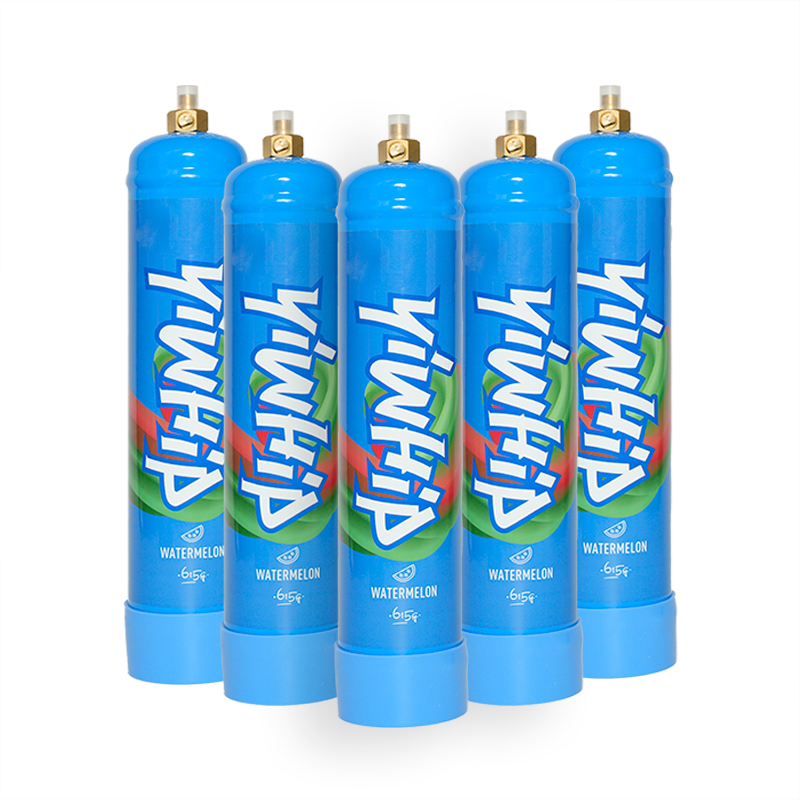Are you an automotive enthusiast or someone looking to maximize speed and power on demand? Whether you're drag racing, boosting offroad thrills, or just seeking more exhilaration from your daily ride—**nitrous oxide systems**, often known colloquially as 'nos', offer unmatched performance enhancements for modified engines.
This guide dives deep into how nitrous oxide systems work, the types of nitrous oxide chargers available, and crucial factors in selecting top-performing options designed for performance-driven vehicles.
How Does Nitrous Oxide Boost Vehicle Performance?
Nitrous oxide (N₂O), when injected into an engine’s combustion chamber, significantly increases the amount of oxygen available during combustion. More oxygen leads to better combustion of atomized fuel—which equals more energy. This results in explosive gains in horsepower, sometimes in the ballpark of 50–300+ wheel horsepower (WHP) boost depending on tuning and kit configurations.
| O₂ Enhancement per lb N₂O | HP Addition Range | Air-Fuel Adjustment Needed |
|---|---|---|
| Increases O₂ delivery ~1/3rd | 40–300 HP | Rethinking air-to-fuel ratios critical |
- High thermal efficiency due to cooling charge effects
- Fuel-efficient boost option compared to turbocharged/supercharged systems
- Low setup & modification requirement for small setups vs forced induction
If not installed and maintained with precision, however, misuse can result in premature wear, bent rods or worse—but don’t worry—we'll cover the right approach later!
Different Types of Nitrous Kits Explained
Selecting the correct nitrous delivery system depends largely on vehicle usage, drivetrain compatibility (manual/AWD etc.), safety thresholds and engine type. Here’s the rundown:
- Wet Nitrous Systems: Combine both fuel and N₂O before they reach intake, great for stock heads but needs tuning.
- Dry Kit Models: Only inject N₂O; requires fuel control mapping adjustments via piggyback chips/EGR mods.
- Horsepower Stages: Basic (small jets/hardware), intermediate to multi-bottle systems.
- Pro Shot Racing Systems: High-horse setups using purge kits and larger pressure bottle reserves.
| Type | Pros | Cons | Best for... |
|---|---|---|---|
| Single-stage dry/wet | Budget builds, entry to mid-tier tuners | Potentially inconsistent fuel mix unless calibrated perfectly | Civic hatch track days | FWD compact racers |
| Multi-shot progressive setups | Varyable injection timing and shot volume | Sophisticated tuning needed, riskier if mishandled | Night runs, street racing with gradual buildup |
Main Components of Any Quality N₂O Charger System
Before we look into product picks or brands, knowing core pieces within every functional nitrous system helps avoid buyer traps. A full kit comes with:
- Bottles / Cylinders – Storage units for liquid pressurized nitrous. Aluminum ones lightweight; ideal especially where weight balance matters (FR/Sedans)
- Valve Assemblies / Jets - Adjust precise N₂O flow rate by jet size. Comes in different color-codes (e.g., ZEX = red/yellow).
- Fuel Line Add-On Modules – Crucial for Wet-style Kits: Ensures safe enrichment alongside N₂O.
- Nozzle / Injector Tip: Atomizes mix correctly inside throttle body or directly into intake runners.
All-in-one packages like Ny-Trex UltraKit come with everything but you still must verify nozzle positioning and ensure bottle insulation against overheating issues in hot garages.
Tips for Safe Usage and Installation Basics
Although nitrous boosts horsepower easily, doing so safely should always take priority. Here are some foundational installation & usage suggestions tailored specifically for performance enthusiasts across skill levels:
- Ensure ECU compatibility first (or run piggy-back tuning tools): Over-rich mixtures without mapped correction can melt pistons in no time, particularly in modern high-RPM applications.
- Mount bottles upright with secured clamps and vibration-absorbing mounts, otherwise leaks or faulty solenoids occur over uneven surfaces or long drives.
- Add a bottle heater unit (standard for all cold regions), which keeps contents warm enough to maintain consistent pressure output regardless of environment temp variations.
What Makes a Nitrous Charger ‘Great’ – Selection Guidelines for Buyers
Selecting one from dozens online isn't easy—each caters differently across engine sizes and goals. However, below points will help filter noise quickly whether purchasing on RockAuto.com, Summit or JEGS:
Key Criteria To Consider:
- Type Compatibility (Dry vs Wet): Decide upfront based on current fuel delivery system and tuning comfort level
- Jet Sizes (Stage Outputs): Start from conservative stages—e.g. Stage 1 (75 HP shot), then progressively add more power.
- Purge Options: A purging solenoid ensures there's no residual vapor before engagement—a race-day advantage for immediate peak torque responses
- Spray Pattern Tunability: Some high-end units let fine-tune direction or droplet density through adjustable tips—useful if dealing custom manifolds (think LS swaps in classic Chevys).
Comparing Today's Top 3 Recommended Nitrous Brands
We did hands-on research across forums (like ls1TECH, NASIOC communities), checked user reviews from verified buyers, consulted shop professionals—and put together this table covering three reliable choices for most modern sports compacts or muscle builds (Ford, Camaros, Mopar Hellcats included):
| Mfr Brand | System Type | Main Features | Packaging & Support Level | Purchase Recommendation Score * |
|---|---|---|---|---|
| NOS Hi-Fogger | Dual-shoot Progressive Dry | Ergonomic valve access, billet manifold adapter | Cataloged instructions PDFs + regional reps for repairs/training | ⭐⭐⭐⭐½ |
| ZEX Pro-Street Series 160 HP Jet Ready | Wet Setup (Fuel/N₂O mixed internally) | No extra chip needed for older cars | Works well up to 480ci motor displacements | Including color-coded jet bags with calibration sheets | ⭐⭐⭐⭐⭐ |
| PerMatex NX1 UltraCool Dual Stage Setup (Custom Tune Req) | Adaptable dry-only interface for aftermarket controllers like Haltec or MS-II series modules | Sensors monitor ambient temperature for automatic cut-off when unsafe threshold crossed | Via email support | Limited retail distribution network yet robust DIY documentation | ⭐⭐⭐½ |
(*Out of five rating stars)
Common Pitfalls & When Not to Use Nitrous
Just because something works doesn’t mean anyone should install it anywhere. While many enthusiasts chase big numbers fast, several important warnings remain unignored if serious about long term durability:
- Do NOT use on stock bottom-end motors without reinforcing connecting rods & crankshafts
- Loud exhaust releases may breach street-legality standards, particularly in regulated zones (California, New York City)
- Improper spray angles cause uneven chamber saturation—leading to knocking, misfires
- Purchasing cheap Chinese imports may void warranty and lack quality control certifications under NHRA rules
Final Thoughts – Is Nitrous Right for Your Car?
Whether you’re a casual driver aiming for weekend fun, or you’re pushing into quarter mile events, nitrous offers incredible returns without complex mechanical overhead found in turbos or cams—assuming you follow technical guidance diligently.
To make the most of a charger system, consider:
- Picking stage appropriate to power goals
- Paying attention to maintenance cycles on valves and filters
- Treating it as temporary power, not sustained load
In short—if done smartly—Nitrous Oxide charging becomes that secret weapon you’ve wanted for dominating both open tracks and straight stretches with confidence and ease. Choose carefully, tune intelligently, and keep smiling with added WHP at your throttle fingertips every drive you get behind the seat!

